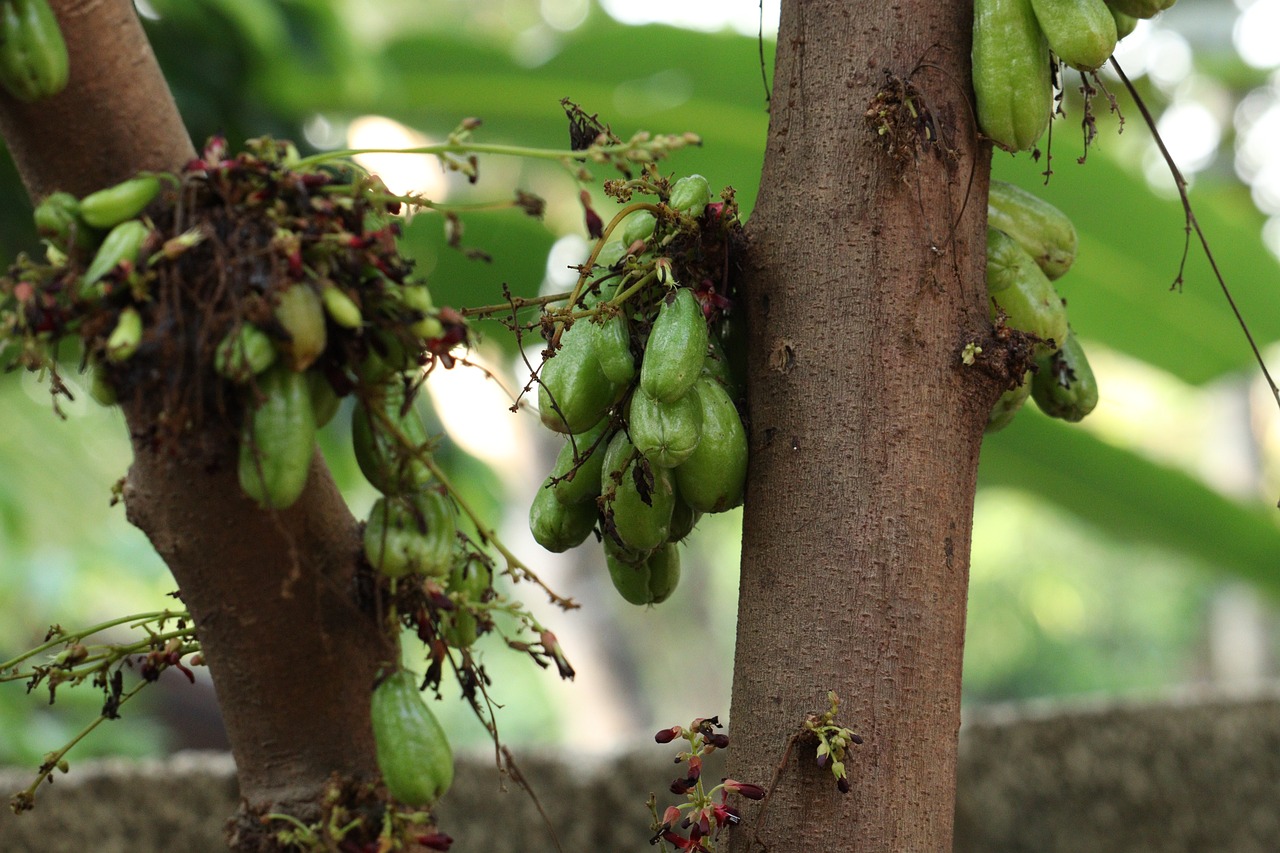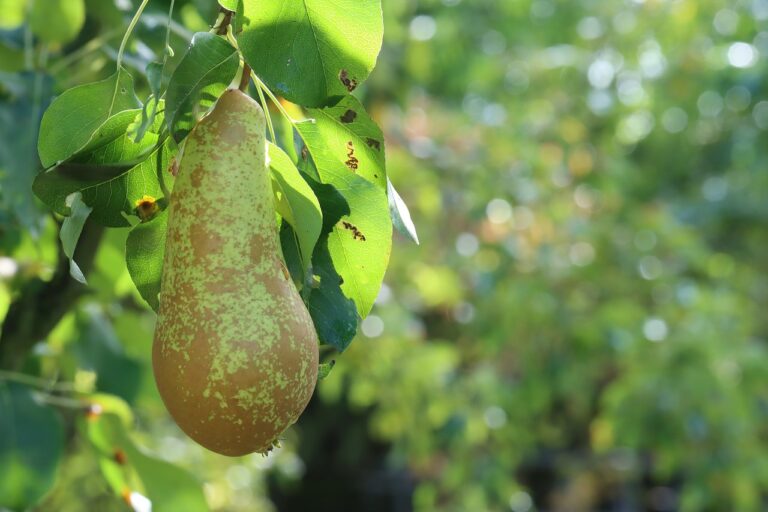Biotechnology Approaches for Sustainable Fisheries Management: 247betbook, Radhe exchange login, World 777 id
247betbook, radhe exchange login, world 777 id: Biotechnology Approaches for Sustainable Fisheries Management
Sustainable fisheries management is essential for preserving our oceans and ensuring a stable food supply for future generations. With the ever-increasing demand for seafood, the pressure on fisheries to meet this demand while maintaining healthy fish populations is greater than ever. Biotechnology offers innovative solutions to help address these challenges and promote sustainable fisheries management.
1. Intro to Biotechnology in Fisheries Management
Biotechnology encompasses a broad range of tools and techniques that involve the manipulation of biological systems for various purposes. In the context of fisheries management, biotechnology can be used to improve fish health, breeding practices, and aquaculture production.
2. Genetic Improvement
One of the key applications of biotechnology in fisheries management is genetic improvement. Through selective breeding and genetic engineering, scientists can develop fish strains that are more resistant to diseases, grow faster, and have better feed conversion rates. This not only enhances the productivity of fisheries but also reduces the environmental impact of aquaculture.
3. Disease Management
Disease outbreaks can devastate fish populations in aquaculture facilities and natural fisheries. Biotechnology offers tools for developing vaccines, disease-resistant strains, and diagnostic tests that help prevent and control diseases in fish populations. By implementing these biotechnological approaches, fisheries can minimize the use of antibiotics and chemicals, which can harm the environment.
4. Reproductive Technologies
Biotechnology also plays a crucial role in enhancing reproductive technologies in fisheries management. Techniques such as artificial insemination, cryopreservation of gametes, and hormone manipulation can improve breeding programs and conserve genetic diversity in fish populations. These technologies are particularly useful for endangered species and commercially important fish stocks.
5. Nutritional Enhancement
In aquaculture, the quality of fish feed plays a significant role in the growth and health of farmed fish. Biotechnology can be used to develop genetically modified organisms that produce essential nutrients for fish growth, such as omega-3 fatty acids. By improving the nutritional content of fish feed, fisheries can enhance the overall health and productivity of their fish stocks.
6. Environmental Monitoring
Biotechnology tools, such as DNA barcoding and biomarkers, can be used to monitor the environmental impact of fisheries activities. By analyzing the genetic composition of fish populations and assessing the health of ecosystems, fisheries managers can make informed decisions to protect biodiversity and sustainably manage fish stocks.
FAQs
Q: Are biotechnological approaches safe for fisheries management?
A: Biotechnological approaches undergo rigorous testing and regulatory oversight to ensure their safety and minimize potential risks to the environment and human health.
Q: Can biotechnology help address overfishing?
A: Yes, biotechnology can contribute to the sustainable management of fish stocks by improving breeding practices, disease management, and environmental monitoring in fisheries.
Q: How can small-scale fisheries benefit from biotechnology?
A: Small-scale fisheries can benefit from biotechnology by gaining access to improved fish strains, disease management tools, and reproductive technologies that enhance the sustainability and productivity of their operations.
In conclusion, biotechnology offers a range of innovative approaches for sustainable fisheries management. By harnessing the power of biotechnological tools and techniques, fisheries can improve fish health, breeding practices, and environmental sustainability to ensure a thriving marine ecosystem for future generations.







